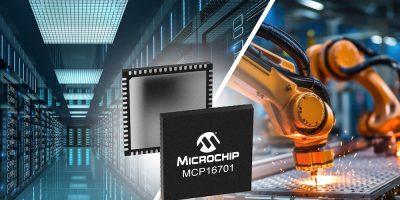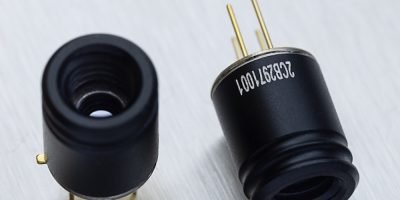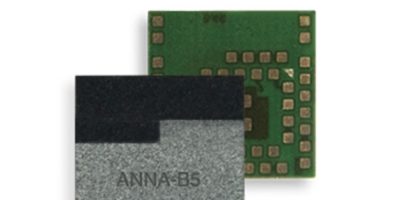The rapid integration of AI into industrial, computing and data centre applications is fuelling a growing demand for more efficient and advanced power management solutions. Microchip has announced the MCP16701, a Power Management Integrated Circuit (PMIC) designed to meet the needs of high-performance MPU and FPGA designers. The MCP16701 integrates eight 1.5A buck converters that can be paralleled, four 300 mA internal Low Dropout Voltage Regulators (LDOs) and a controller to drive external MOSFETs.
This highly integrated device can result in a 48% area reduction with less than 60% of the component count of a discrete solution. The MCP16701 is in a small-form-factor 8 mm × 8 mm VQFN package to offer a compact and flexible power management solution for space-constrained applications. The MCP16701 meets diverse power needs and supports Microchip’s PIC64-GX MPU and PolarFire® FPGAs with a configurable feature set.
The MCP16701 features an I2C communication interface to simply and enhance communication efficiency between the PMIC and other system components. The device operates within a temperature range of TJ −40°C to +105°C for reliable performance in diverse environmental conditions.
A key feature of the MCP16701 is its ability to dynamically change Vout levels for all converters in 12.5 mV/25 mV increments. This maximum flexibility allows designers to fine-tune power delivery to meet specific application requirements, helping enhance overall system efficiency and performance.
The MCP16701 joins a family of Microchip PMIC products, including the MCP16502, MCP16501 and others—that are used to power high-performance MPU applications targeting industrial computing, data centres, IoT and edge AI.







